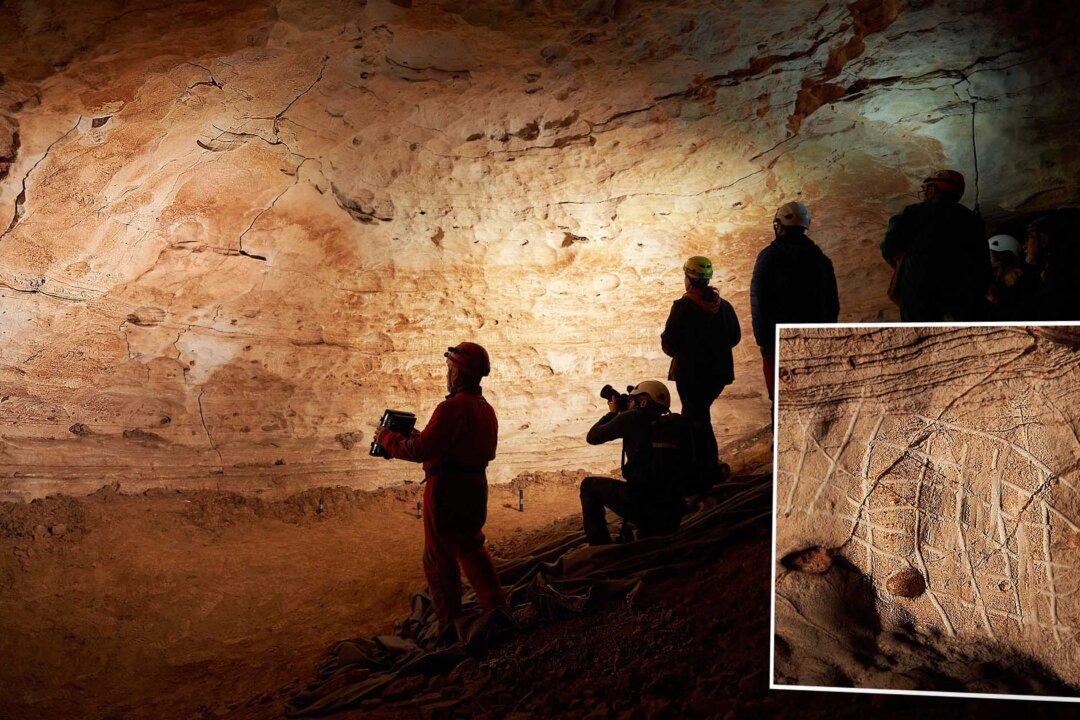A Spanish cave lost for 80 years has been rediscovered with over 100 unique prehistoric engravings on its interior walls. The cave’s eight panels of incredible hand-engraved art are delivering further insight into prehistoric life in Spain.
The cave, known as “Cova de la Vila” in Catalan, was rediscovered in the village of Febró at Baix Camp, Tarragona, during a topographical expedition by the group of speleologists, Barranc de la Cova del Corral, on May 13, 2021. The cave was originally excavated in the 1940s by the researcher Salvador Vilaseca, whose team later lost its location.





